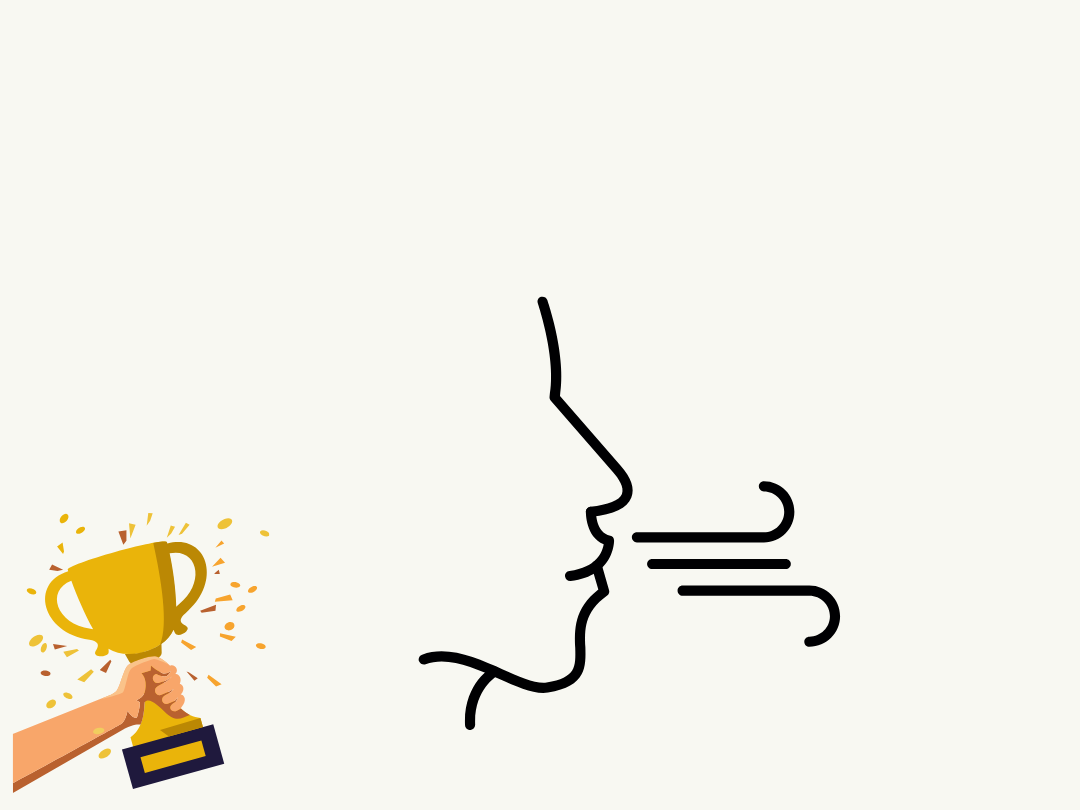
The Art of Mindful Breathing: Transform Your Yoga Practice
Table of Contents
In yoga, the rhythm of your breath is as essential as the flow of your movements. While mastering a pose is fulfilling, tuning into your breath can unlock an entirely new level of awareness and harmony. Whether you’re a seasoned yogi or a curious beginner, incorporating mindful breathing into your practice can elevate your experience, helping you feel more present, centered, and alive.
In this article, we’ll dive into the transformative power of mindful breathing and explore techniques that will deepen your yoga journey. Ready to breathe life into your practice? Let’s begin!
The Power of Mindful Breathing
Mindful Breathing
Mindful breathing is the art of focusing on your breath, observing each inhale and exhale with intention. It’s not just about the mechanics of breathing but about creating a bridge between your mind and body.
Core Elements of Mindful Breathing:
- Awareness: Noticing your natural breath without altering it.
- Consistency: Developing a steady rhythm to calm your thoughts.
- Connection: Aligning your breath with your movements during yoga.
Mindful breathing helps anchor you in the present moment, offering clarity and calm even amidst life’s chaos.
How Breath Transforms Your Yoga Practice ?
1. Enhances Focus
The connection between your breath and your mind is profound. When you focus on your breath during yoga, distractions fade, leaving room for deeper concentration.
Try This: During poses like Warrior II, match your exhale to the length of your hold. Notice how it grounds your focus.
2. Boosts Energy Levels
Conscious breathing increases oxygen flow to your muscles and brain, invigorating your body and mind. Poses combined with energizing breaths like Kapalabhati (Skull Shining Breath) can leave you feeling refreshed.
3. Encourages Relaxation
Practices like Ujjayi (Victorious Breath) soothe your nervous system, helping you relax during challenging poses or after a long day.
4. Deepens Body Awareness
Your breath acts as a guide, showing you where tension resides. As you breathe deeply into tight areas, like your hips during Pigeon Pose, you can release stored stress.
Techniques for Mindful Breathing in Yoga

1. Ujjayi Pranayama (Victorious Breath)
- How it works: Creates a soft oceanic sound by gently constricting the back of your throat during both inhales and exhales.
- Why it helps: Encourages focus and brings a sense of calm to your practice.
- Try it with: Flow sequences like Sun Salutations.
2. Nadi Shodhana (Alternate Nostril Breathing)
- How it works: Close your right nostril with your thumb and inhale through your left. Switch sides for the exhale, alternating for several breaths.
- Why it helps: Balances energy and calms your mind.
- Try it with: Seated meditation or before your practice.
3. Box Breathing (Sama Vritti)
- How it works: Inhale for four counts, hold for four, exhale for four, and hold again for four.
- Why it helps: Stabilizes your breath and fosters mindfulness.
- Try it with: Restorative poses like Child’s Pose.
4. Kapalabhati (Skull Shining Breath)
- How it works: Rapid, forceful exhales through the nose while keeping the inhales passive.
- Why it helps: Energizes your body and clears your mind.
- Try it with: Morning yoga or before an energizing flow.
Personal Story: My Breathwork Breakthrough
I’ll never forget the first time I fully embraced mindful breathing during yoga. It was during a long hold in Triangle Pose, and my instructor guided us to focus on slow, intentional breaths. At first, I struggled—my mind wandered, and my breath felt shallow. But with practice, something shifted.
As I synced my breath with each stretch, I felt a wave of calm wash over me. I could hold the pose longer and with more ease. It wasn’t just my body that transformed—it was my mind, too. Breathwork became my anchor, both on and off the mat.
Incorporating Mindful Breathing into Your Practice
1. Begin with the Breath
Start every session by centering yourself with a breathing exercise. Even just 2-3 minutes of deep breathing can set the tone for your practice.
2. Sync Movement with Breath
Link every movement to your breath. For example:
- Inhale as you rise into Warrior I.
- Exhale as you sink deeper into the pose.
3. Pause to Breathe
During longer holds or transitions, focus on your breath to stay grounded.
4. End with Stillness
Close your practice with a breathing meditation in Savasana. Let your breath guide you into relaxation.
Conclusion
Breath is the essence of yoga—a thread that ties movement, mind, and spirit together. By embracing mindful breathing, you can unlock a deeper connection to yourself and your practice, transforming even the simplest poses into profound moments of awareness.
Key Takeaway: Don’t just flow through your practice; breathe through it. 🌬️
Next time you step onto your mat, take a moment to pause, inhale deeply, and exhale fully. Let your breath guide you, empower you, and transform you. After all, the art of mindful breathing isn’t just about yoga—it’s about life itself. 🧘♀️✨
Ready to deepen your yoga journey? Let’s inhale strength and exhale doubt—together. 💨


